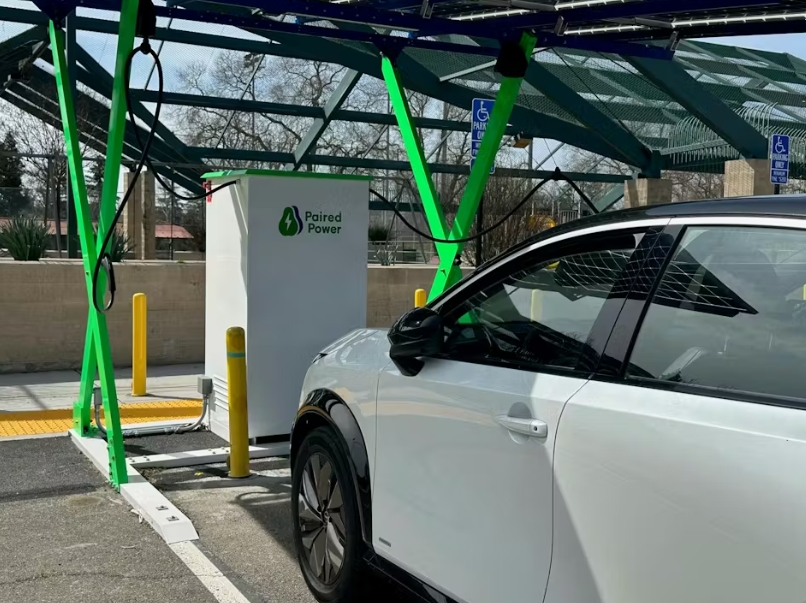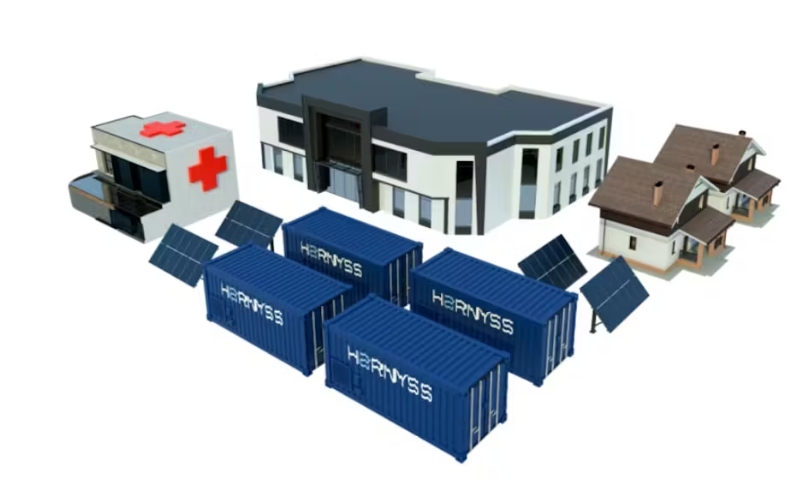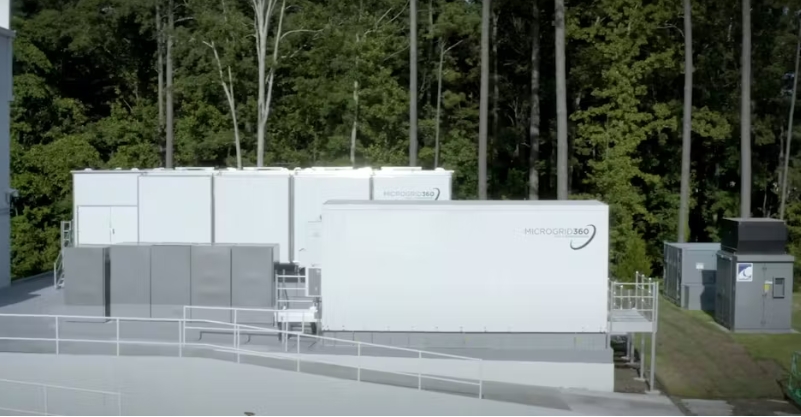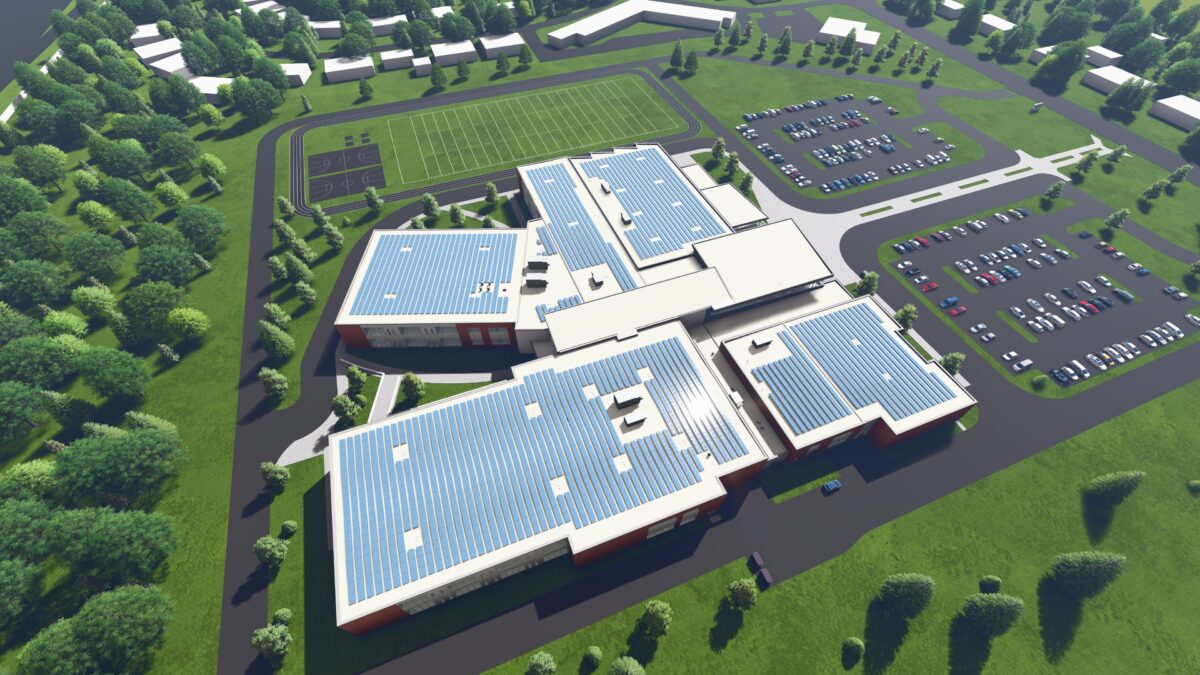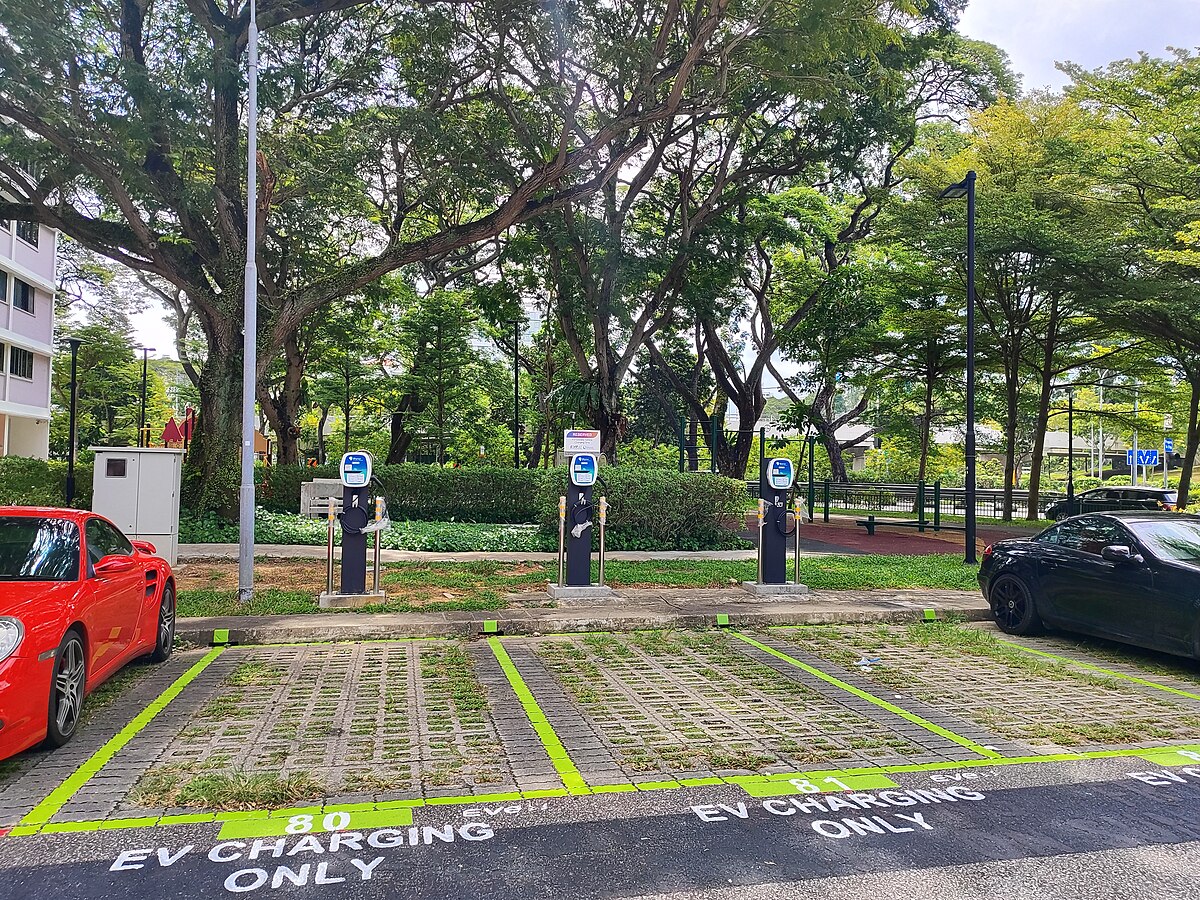
Vistra announced a new program for homeowners in partnership with Sunrun to aggregate power stored in residential, solar-connected batteries, forming a virtual power plant to dispatch energy back to the grid.
The TXU Energy & Sunrun Battery Rewards program will be facilitated through Vistra’s flagship retail electricity brand, TXU Energy.
TXU Energy customers who opt into the program and have installed Sunrun home solar panels and batteries will receive financial incentives for their participation while retaining control of their systems during power outages or severe weather conditions, the companies said. These customers can also continue to utilize TXU Energy’s solar buyback plans, which credit solar energy system owners for the electricity they add to the grid.
“Since we introduced solar net metering to Texans 15 years ago, rooftop solar has seen significant growth, marked by over $10 million in solar buyback credits paid to our customers last year alone,” said Sam Sen, Vistra’s vice president of energy transition solutions. “With the growing population and increasing demand on the grid, harnessing the collective power of home solar panels and batteries is an important expansion of our distributed energy initiatives.”
In 2023, ERCOT began the first phase of the Aggregate Distributed Energy Resource (ADER) pilot project by launching two virtual power plants (VPP). To qualify for the pilot project, an ADER had to be able to produce at least 100 kW, and each individual device in the ADER had to be less than 1 MW. The average residential battery is about 5 kW.
In February 2024, ERCOT launched the second phase of the pilot project. As of the start of the project, two ADERs were qualified to participate, with seven more awaiting registration and qualification. The second phase is expected to last at least 6 months, and ERCOT said the overall pilot project will likely extend for at least another two years.
Phase 2 of the ADER pilot project is meant to make incremental improvements and account for lessons learned during Phase 1, ERCOT said. Thus, the goals of the second phase include:
Assess benefits and challenges of DER aggregations that are not net generation or net load;
Understand the impact of having ancillary services and energy delivered by ADERs and assess how ADERs can best be used to support reliability;
Assess challenges to incentivizing competition and attract broad DER participation through load serving entities (LSEs), while ensuring adequate customer protections are in place;
Evaluate the impacts to transmission system congestion management associated with the dispatch and settlement of ADERs at a zonal level; and
Identify potential Pilot Project enhancements and study the need for and benefit of transitioning distribution-level aggregations to different levels of more granular dispatch and settlement and evaluate more complex use-cases and business models.
In partnership with TXU Energy, Sunrun will network customers’ batteries together and manage the discharging of stored solar power to the grid. Sunrun has more than one million customers and more than 116,000 installed storage systems.
Sunrun currently operates more than a dozen power plants across the country, including the largest single-owner virtual power plant program, CalReady. The virtual power plant was activated to support California’s power grid during a recent heat wave, in which batteries from more than 16,000 Sunrun customers’ solar-plus-storage systems dispatched power for four consecutive evenings from July 9-12 during peak hours. Those batteries supplied the grid with an average of 48 MW each night, enough to power up to 48,000 homes — a city the size of Santa Monica — and peaked at 51 MW , exceeding the capacity of several costly and polluting gas-fired peaker plants in California.
“We are excited to partner with Vistra to bring Sunrun’s virtual power plant expertise to Texas,” said Sunrun CEO Mary Powell. “Pairing residential batteries with solar is a smart choice in the Lone Star State and this program makes the decision even more financially rewarding. Our customers take pride in self-generation and sharing their energy with their community to help the overall power grid.”
Vistra has pioneered energy-efficiency initiatives such as the “first-to-Texas” connected thermostat solution and the TXU Energy Free Nights and Solar Days plan.
In August, Sunrun announced a partnership with Tesla Electric, a retail electricity provider operated by Tesla Energy Ventures LLC (a subsidiary of Tesla, Inc.) in an aggregated power program. More than 150 Sunrun customers have already enrolled in the customer-driven power plant.
The Tesla partnership marked Sunrun’s first operational virtual power plant program in Texas; the company said it already had plans to scale up enrollments. Sunrun customers with solar panels combined with a Tesla Powerwall battery are eligible to participate once they choose Tesla Electric as their electricity provider.
Texas’ energy demand is anticipated to keep growing, and if generation and transmission buildout doesn’t keep up, the state could face a capacity shortfall that threatens system reliability. A recent study released by the Texans for Local Energy Freedom Coalition, The Value of Residential Solar in Texas, argues the state is not fully taking advantage of its rooftop solar potential, and changing course could mitigate some of the capacity shortfall.
The report, commissioned by the Texas Solar Energy Society (TXSES), argues that the overall value of distributed solar in ERCOT will be about 27¢/kWh, with 15¢/kWh realized in the generation, transmission, and distribution system and 12¢/kWh realized through air pollutant and emission reduction benefits.
However, with “rapid” additions of solar in Electric Reliability Council of Texas (ERCOT) territory in 2023, often co-located with storage, the shape of the daily electricity supply has noticeably changed, according to recent analysis from the U.S. Energy Information Administration (EIA).

